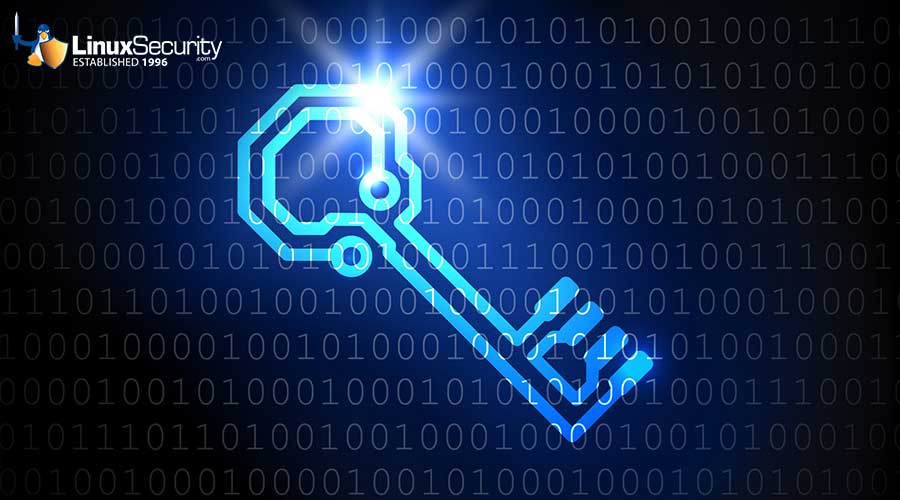Cracking the hackers' code
It might be increasingly difficult to keep out external hackers but there are signs IT managers are finding it easier to win support within companies for improving security. Management consulting firm McKinsey & Co recently studied security best practices at Fortune 500 companies. About 30 of these companies, including AOL Time Warner, Merrill Lynch, Microsoft and Visa International, had appointed a chief security officer or other senior executive to oversee information security. In some cases, this executive had the power to stop the launch of new products or systems, and answered only to the chief executive.
The recent AusCERT study stated that 70 per cent of Australian organisations surveyed had increased spending on information security in the past year.
























